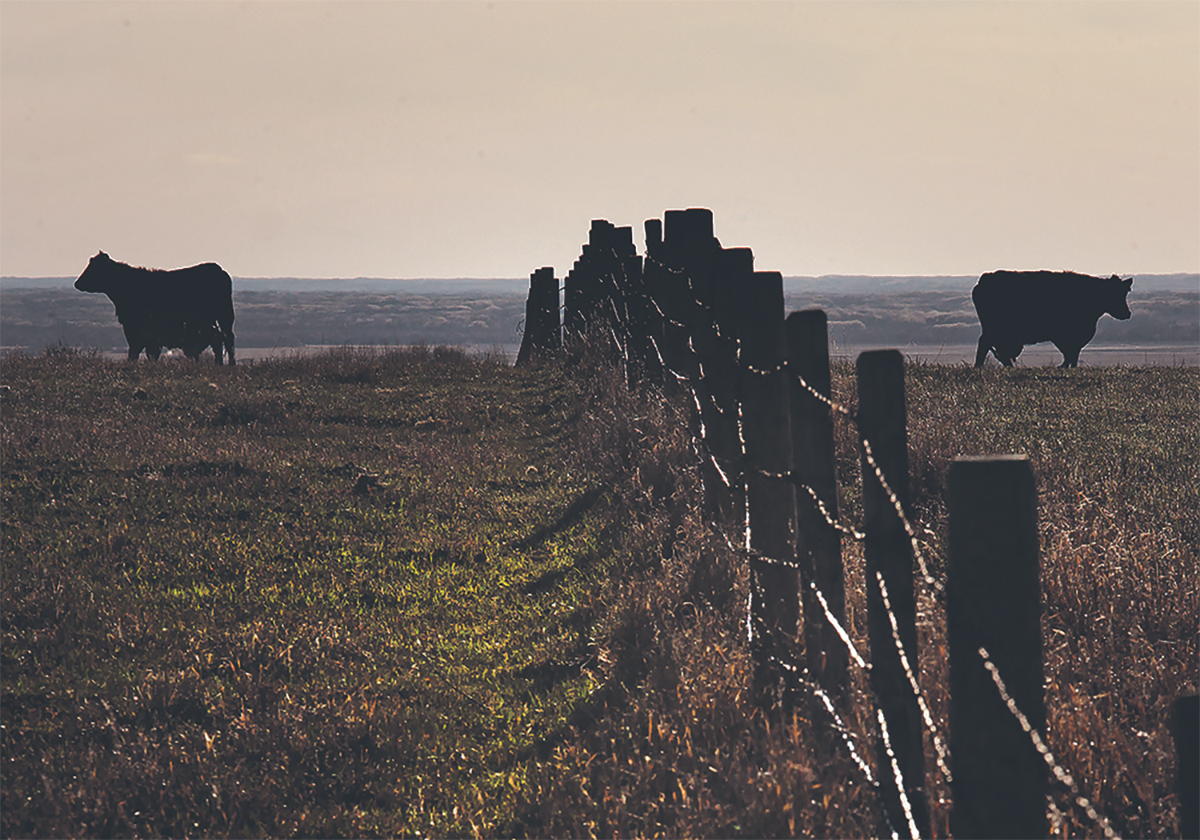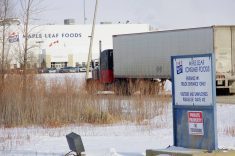Robert Frost famously said, “good fences make good neighbours.”
While this adage underscores the importance of respecting boundaries, it also invites reflection on the purpose of those fences and how they shape relationships.
You can follow all our coverage of U.S. tariff threats here.
Read Also

Exports off to a slow start after last year’s torrid pace
Canadian grain, oilseed and pulse exports are off to a slow start, but there are some bright spots, according to the Canadian Grain Commission’s most recent weekly export data report.
For Canada and the United States, the border symbolizes both division and a shared history—a line of sovereignty and a bridge of interdependence.
At a time of significant global challenges, it’s essential to re-examine this relationship, address its strengths and vulnerabilities and lay the groundwork for a stronger partnership.
The two countries share the longest undefended border in the world, a testament to a partnership built on trust and mutual benefit. Economically, culturally, and politically, the ties run deep.
Alberta’s energy exports to the U.S., for example, fuel both economies but also reveal the risks of overdependence on a single market. Similarly, the U.S. reliance on Canadian resources — from oil and gas to timber and wheat — highlights a reciprocal need that must be carefully managed.
Yet this interdependence is not without tension. Divergent values and policy approaches often create friction.
Canada takes pride in its emphasis on social welfare, multiculturalism and collective well-being. The U.S., on the other hand, is known for its individualism, market-driven dynamism and global assertiveness. While sometimes a source of misunderstanding, these differences also offer valuable lessons for each nation.
In an increasingly interconnected world, the challenges facing Canada and the U.S. transcend borders. Environmental and economic transitions, technological disruptions and geopolitical uncertainty demand a unified approach.
For instance, given the cross-border nature of environmental impacts, the shift toward renewable energy and climate adaptation requires co-ordinated policies. Similarly, addressing technological changes, such as the regulation of artificial intelligence and securing supply chains, necessitates collaboration.
However, this partnership must not come at the expense of Canada’s unique identity and sovereignty. Troubling rhetoric, such as President Donald Trump’s suggestion to annex Canada into a “United States of North America,” highlights the need for vigilance.
While such remarks may lack immediate credibility, they remind us of the importance of preserving Canadian independence while fostering a respectful relationship.
To maintain a strong partnership, both nations must tackle key challenges together. Addressing these issues collaboratively will build trust and mutual prosperity.
While these issues present significant challenges, they also offer opportunities for Canada and the U.S. to strengthen their partnership through focused, collaborative policies.
Both nations must formalize and deepen their dialogue, drawing on their shared history to confront modern challenges effectively.
A bilateral climate and energy council could align policies and accelerate the transition to sustainable practices. Similarly, joint task forces on emerging technologies, such as artificial intelligence and cybersecurity, would foster innovation while protecting national interests.
Modernizing trade agreements, such as the U.S.-Mexico-Canada Agreement, could address economic vulnerabilities and reflect current realities.
Finally, expanding cultural exchange programs — including student exchanges and cross-border internships — would deepen grassroots connections and mutual understanding.
Canada and the U.S. have always been more than neighbours—they are partners bound by geography, history and shared destiny. However, this partnership must evolve to meet the demands of the future.
By prioritizing collaboration on critical issues and respecting each other’s sovereignty, both nations can chart a course toward greater prosperity and stability.
The challenges we face — environmental, technological and geopolitical — demand co-operation, not isolation. Let’s work together not to erase our differences but to build a shared future rooted in mutual respect and purpose.
Good fences may make good neighbours, but great partnerships make better futures.
Perry Kinkaide has served as an adviser and director for various organizations and founded the Alberta Council of Technologies Society. He previously held leadership roles at KPMG Consulting and the Alberta government. This article first appeared on the Troy Media website. It has been edited for length.

















